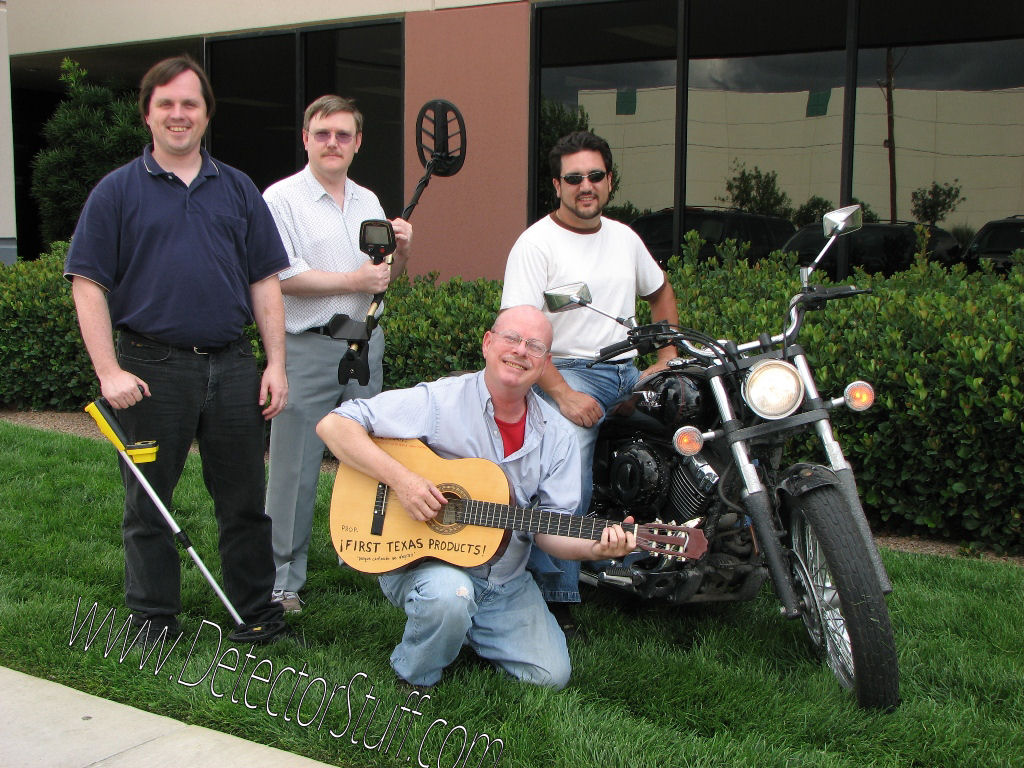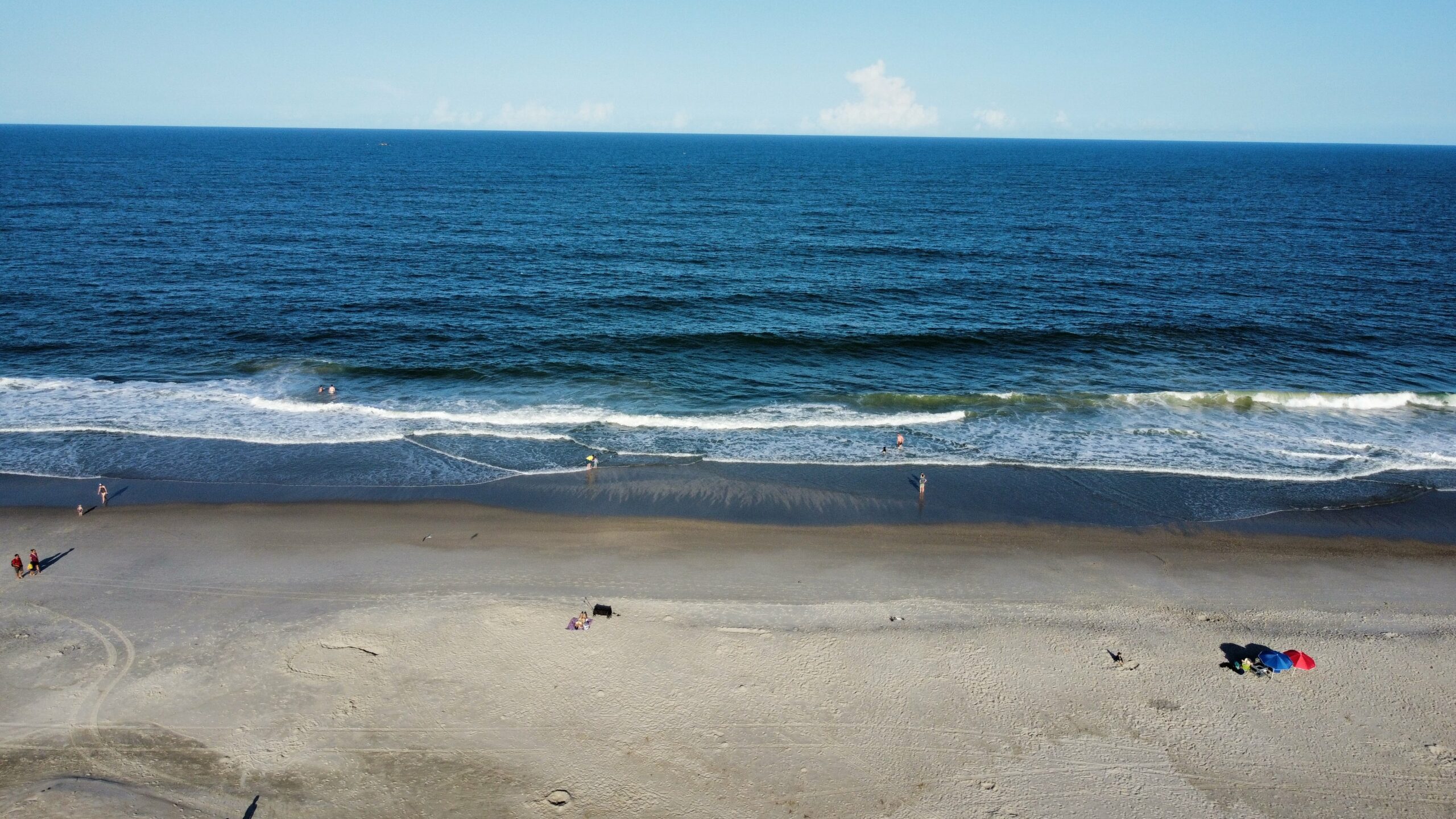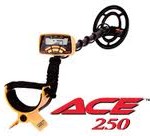Do not race across the sand with your search coil waving in front of you. Slow down! Work methodically in a pre-planned pattern. Unless you are in a hurry and seek only shallow, recently lost treasure, reduce scan speed to about one foot per second. Let the search coil just skim the sands and keep it level throughout the length of a sweep. Overlap each sweep by advancing your search coil about one-half its diameter. Always scan in a straight line. This improves your ability to maintain correct and uniform search coil height, helps eliminate the “upswing” at the end of each sweep and improves your ability to overlap in a uniform manner, thus minimizing skips. Practice this method; you’ll soon come to love it-and, especially its results.
It would be well to mention “hot rocks” here. Gravel on the beach may sometimes include pieces with enough mineral content to be classified as a detectable hot rock. A VLF detector occasionally gets a good reading on one of these rocks and sounds off with a “metal” signal. When this happens, set your discriminating mode to zero rejection, switch into that mode and scan back over the gravel. If it is a hot rock, your detector will ignore it, or the sound level will decrease slightly. The subject of hot rocks is covered more fully in my book, Modern Metal Detectors.
Don’t ignore either very loud or very faint detector signals. Always determine the source. If a loud signal seems to come from a can or other large object, remove it and scan the spot again. When you heave a very faint signal, scoop out some sand to get your search coil closer to the target and scan again. If the signal has disappeared, scan the sand you scooped out-you may have detected a very small target. It might be only a BB, but at least you’ll know what caused the signal.
Remember, Your metal detector will never lie to you. When it gives a signal, something is there.
During your search near the water, when you begin detecting trash (pull tabs?) in a line parallel to the waterline, search for a nearby parallel trough. Remember that more than one trough may have been created, and that those farther out can contain heavier treasure items. Walk out from your “trash trough” and seek out one that produces keepers.
When pinpointing, always try to be precise. Good pinpointing saves time and lessens the possibility of damaging your finds when you dig.
Various pinpointing and retrieving ideas and methods have been reviewed. Here are a couple of final suggestions that could increase your take. As part of your beach gear, consider adding a garden rake. When you encounter debris, seaweed and other materials spread over an area you want to scan, use the rake to remove such material. Try to place raked materials where they can be picked up by beach cleaners and not washed back out to sea. Removal of any overburden will let you scan your search coil closer to the ground, moving you down just a little closer to those deep treasures.
Try exploratory trenching to clean out deep troughs and locate glory holes. Choose a spot where you have found a concentration of good objects (not items flung from a blanket) and dig (as long as it’s legal) a trench about a foot deep. This trench should be wide enough for you to insert your search coil in its normal scanning position. Be sure to scan the sand you dig out. The trench length can be as long as you like. If you are digging in a spot where you have found several items close together, determine if you are in a natural drainage pattern. If so, dig toward the low side (the direction water flows) because that is the direction that coins and jewelry will have been washed. If your trench is being dug to locate a trough, dig in a perpendicular direction to the “line” along which you were locating targets. You may have to dig several parallel trenches to locate the trough.
No matter, where or how much you dig…always fill your trenches and remove trash that you uncover.




